Dentists always remind patients of the importance of brushing to promote good oral and overall health. Taking care of your toothbrush is also essential, as there are hundreds of types of microorganisms in the oral cavity that can be transferred to the toothbrush during use.
The “Original” Modern Toothbrush
William Addis invented the modern toothbrush in 1780 during a stint in an English jail after being inspired by a broom. Before that, most people in Europe cleaned their teeth by applying some type of gritty substance (chalk, salt, ground eggshells) with a cloth. Addis’ took an animal bone from a meal and carved holes into it. Then he attached knotted boar bristles. Unfortunately, the boar bristles attracted bacterial growth.
A Recent Toothbrush Study
Speaking of bacterial growth on toothbrushes, researchers at the University of Texas Health Science Center Houston (UTHealth) School of Dentistry recently studied bacteria growth on different types of toothbrushes. The results of the study were published in the Journal of Dental Hygiene in August. The study examined solid-head toothbrushes and hollow-head toothbrushes over a three-week period and found microbial counts were lower in solid-head toothbrushes in 9 out of 10 comparisons.
According to Donna Warren Morris, R.D.H., M.Ed., the lead researcher and a professor at UTHealth School of Dentistry, a solid-head design prevents bacteria from growing out of control. Morris shared the following tips for toothbrush care:
- Disinfect your toothbrush regularly
- Let it dry between uses
- Consider a power toothbrush with an ultraviolet system
- If necessary, soak the head in mouthwash for 20 minutes
Morris also stressed that it is difficult to recognize a hollow-head versus a solid-head toothbrush design based on most power toothbrush packaging. She was quoted as saying, “The best way to identify a solid-head design is through the connection to the body of the power toothbrush. Naturally, there will be some space to connect the two parts but a significant portion will be solid, up to the bristles or brush head.”
The American Dental Association recommends the following to keep toothbrushes clean.
- Toothbrushes should never be shared, because it puts people at risk of infection. Although this is true for all toothbrush users, it is especially important for people with compromised immune systems.
- After brushing, users should rinse toothbrushes with tap water, which will remove debris. Toothbrushes should be stored in an upright position, separate from other toothbrushes to prevent cross-contamination.
- Toothbrushes should not be stored routinely in closed containers because they will remain moist. Microorganisms thrive in a moist environment.
- Everyone should replace their toothbrush at least once every three to four months. Frayed bristles do not clean as effectively.
When buying a toothbrush, consider the type of bristles. Soft toothbrushes are often more comfortable and encourage people to brush longer. Also make sure the toothbrush head is not too large to get at all areas of your mouth. In addition, consider a non-slip handle and flexible neck, for reaching further into your mouth. A toothbrush with the ADA Seal of Acceptance on the packaging means it has been scientifically evaluated to be safe and effective.
Visit Our Office
Office Hours
- MON8:00 am - 6:00 pm
- TUE8:00 am - 6:00 pm
- WED8:00 am - 6:00 pm
- THU8:00 am - 6:00 pm
- FRIClosed
- SATClosed
- SUNClosed
10370 Richmond Ave. Ste 310,
Houston, TX
Phone : (832) 251-1234Text Us : (832) 251-1234






